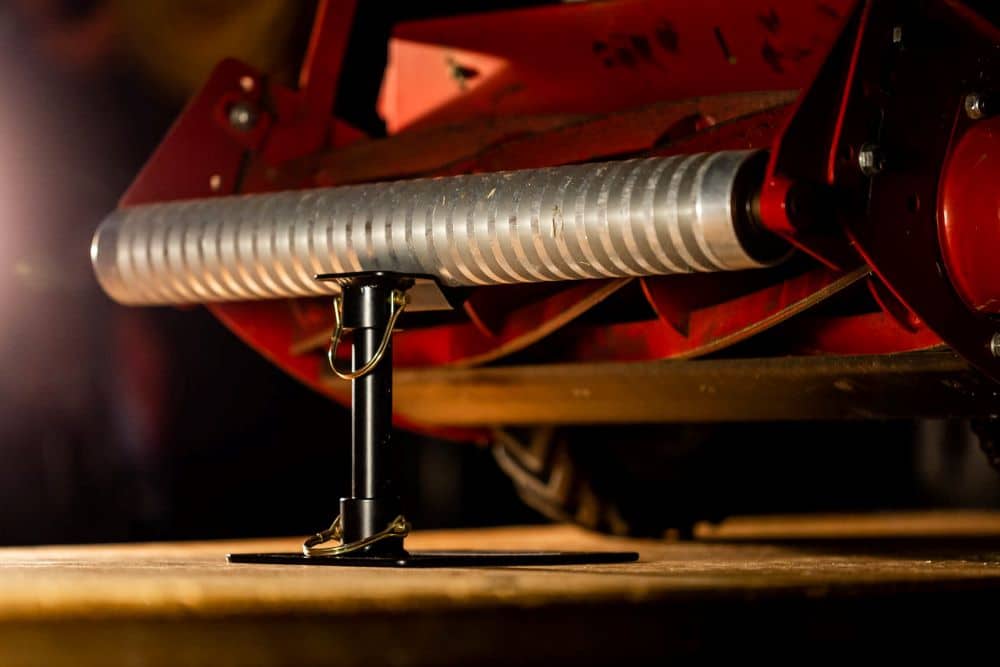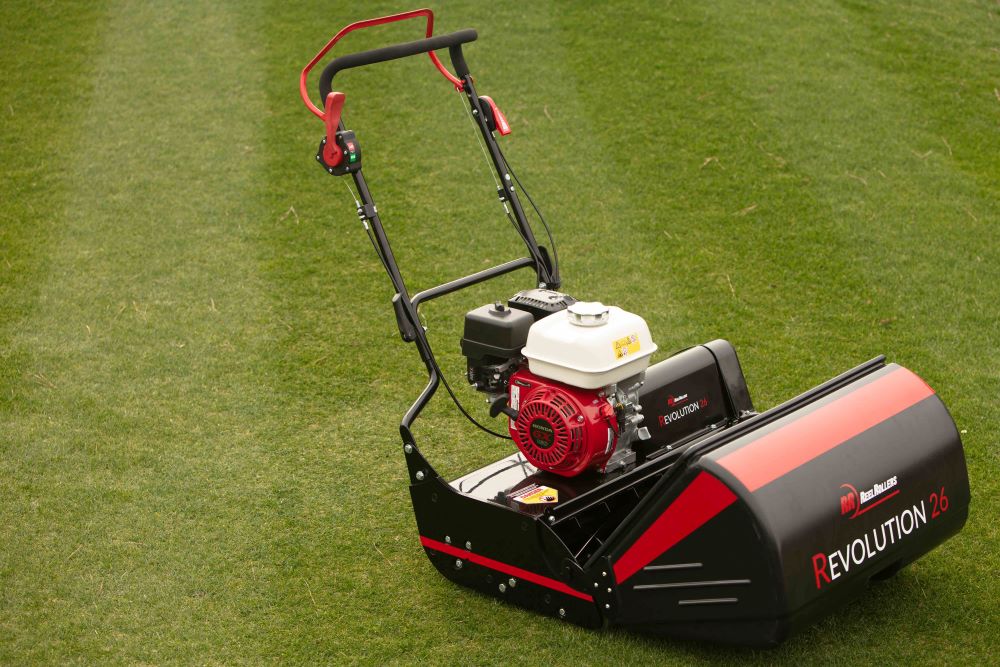
Rapid Shipping
Experienced Team

Winterizing your reel mower is essential to ensure it remains in excellent condition and performs well in the next mowing season. Proper winterization helps prevent damage from cold weather, moisture, and inactivity. This guide will provide you with step-by-step instructions on how and when to winterize your mower effectively.
The best time to winterize your reel mower is typically in late fall, before the first frost or when you’ve completed your last mow of the season. This ensures that the mower is clean and ready to be stored away for the winter months.
However, if you are planning to give your lawn a pre-season scalp next spring, you may want to hold off sharpening your blades now. Scalping can dull your mower blades, so it’s best to save your effort for after the scalp, sharpening them in time for the first proper mow of the new growing season.
For more tips on reel mower maintenance and lawn care, visit Reel Rollers and subscribe to the Reel Rollers YouTube channel for the latest how-to videos.